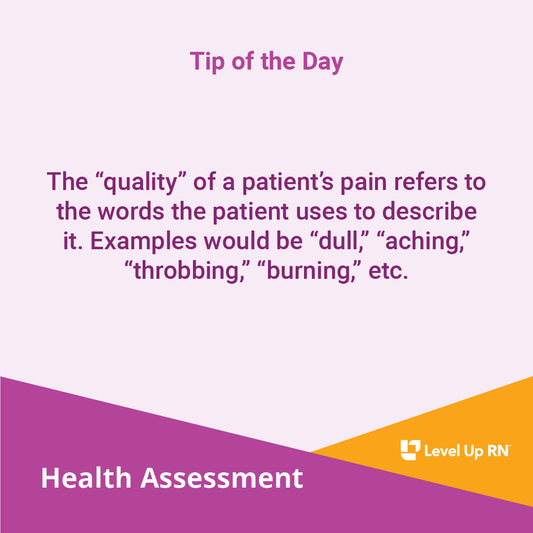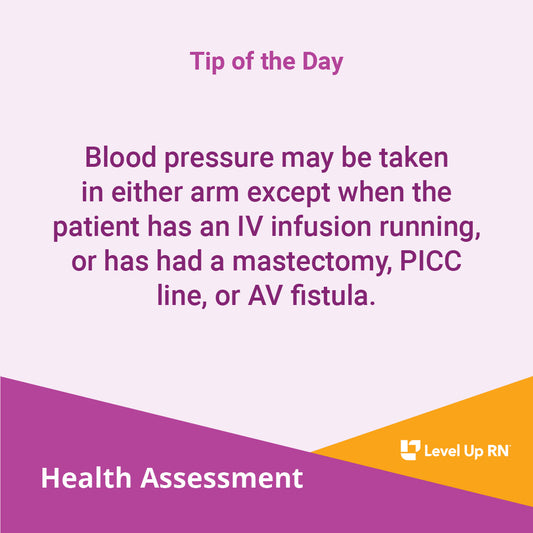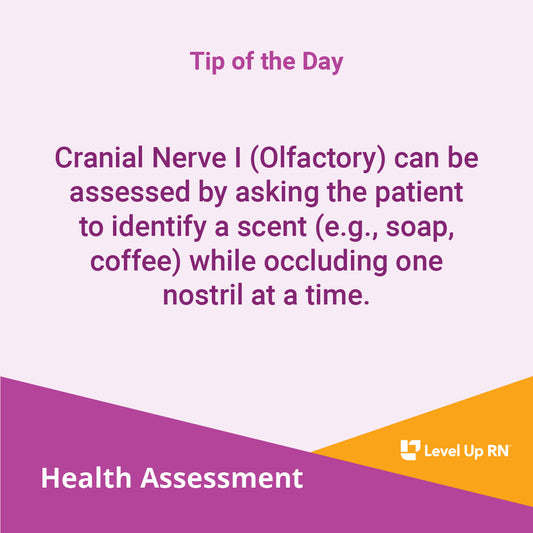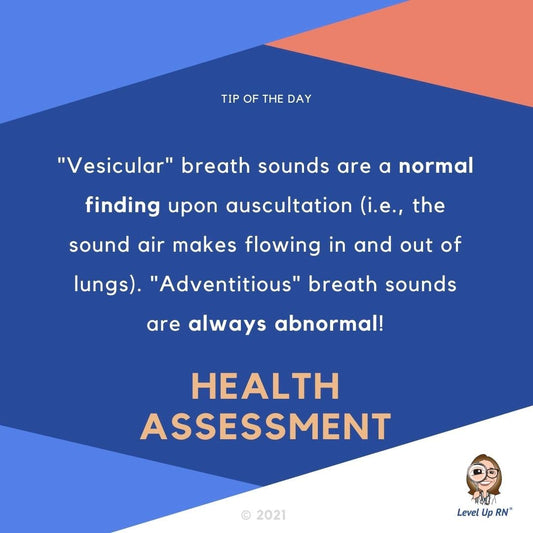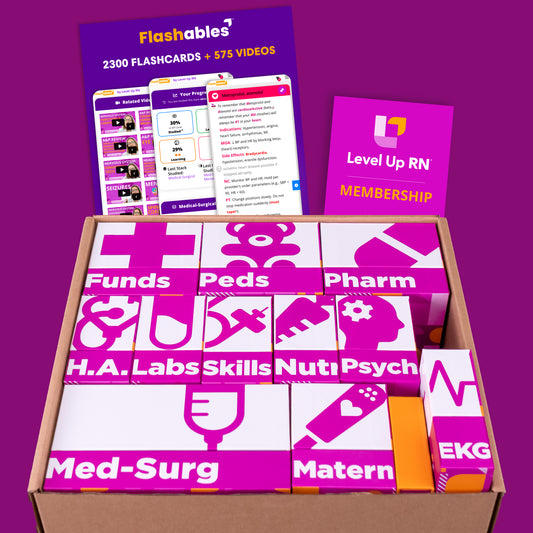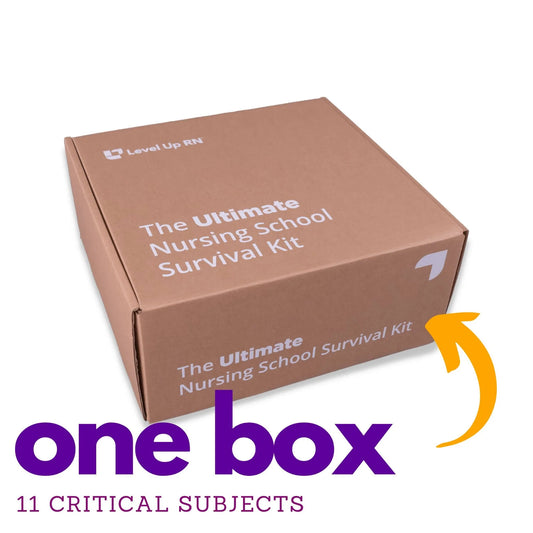Nursing Tips
Health Assessment (18)
Filter Articles
Shop
The Ultimate Nursing School Survival Kit - with Flashables and Membership
Regular price $314.96Regular priceUnit price per$817.95Sale price $314.96SaleVideos by Subject
Tips & More
Exam Information
Subscribe


